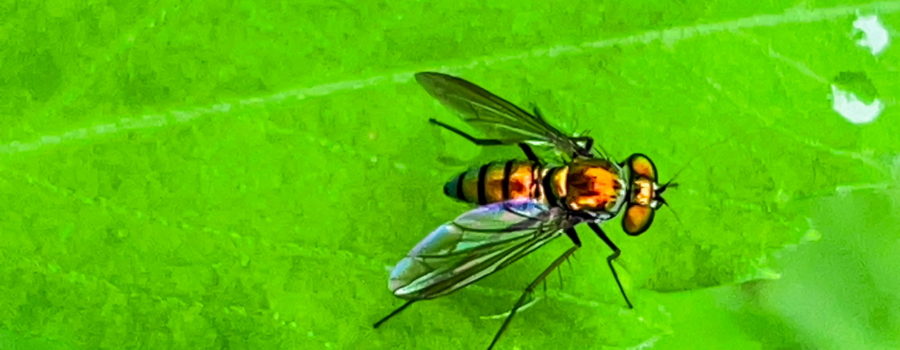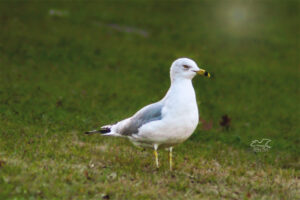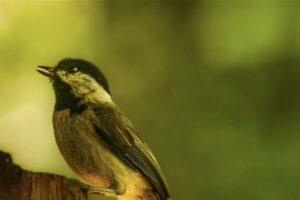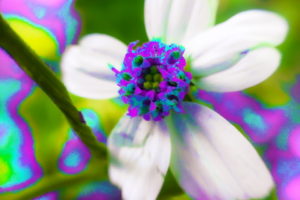Long Legged Flies are Really Great Flies to Have Around

A few days ago as I was getting out of my truck, I spotted a beautiful black swallowtail butterfly flying around some of my wildflowers and I wanted to get a photograph if possible. I’ve been trying to get a good picture of one of these guys for the past two summers without much luck. Well, I didn’t have much luck that day, either, but while I was wandering around in the wildflowers I did spot and photograph several types of grasshoppers, two types of spiders, and these really pretty small metallic bronze flies. There were actually quite a few of them, but they didn’t seem to be much bothered by my presence and they weren’t trying to bite or bother me. I found them kind of intriguing because unlike a lot of the insect life instead of being camouflaged they stood out bright against the green leaves. They did hop around from leaf to leaf quite a bit, but they didn’t mind my getting close for some macro shots, either.

I hadn’t seen these flies before, so I had to do some research, but quickly discovered that they were something called Condylostylus patibulatus, which is a species of long legged fly. Of course, there is no simple common name, so from here on out we’ll just call them long legged flies. There are actually over 1300 species of long legged flies in North America alone and more than 6500 species worldwide. Most of them live in tropical or neotropical habitats, usually near water. They are really good flies to have around because they are predatory flies that eat smaller plant insects like mites, aphids, fleas, booklice, fruit flies, silverfish, and occasionally small caterpillars. If they feel the need for some carbohydrates, they will also feast on nectar, so they like to be near flowers. They don’t bite people or pets or bother us by flying in our faces or invading our homes. Like I said, good little flies!

I suspect that the reason I haven’t seen these flies around before is that usually we aren’t wet enough up here in the sandhills environment. We do get a fair amount of rain, but due to our sandy soil it is usually very quickly absorbed into the ground. Most puddles around here only last a few hours. But after a very dry spring this year, we have had an exceptionally wet summer. I still don’t have standing water in my yard (thankfully), but the soil is much wetter than normal and really hasn’t dried out. The long legged flies need moist soil for their larvae to live in. Those larvae are also predators that eat other insect larvae as well as rotting plant material and leaves. They tend to live under leaf litter or fallen trees or limbs.

There’s not much to dislike about these small flies. They are very attractive to look at, they are not bothersome, and they eat pests. The next time that flies are mentioned in a conversation or you read about them, just keep in mind that even though most of them are royal pains in the rear (sometimes literally if they are biting flies), there are a few good ones out there!

If you like beautiful nature photography and artwork and interesting and entertaining content, please go ahead and subscribe to our blog!





Recent Comments